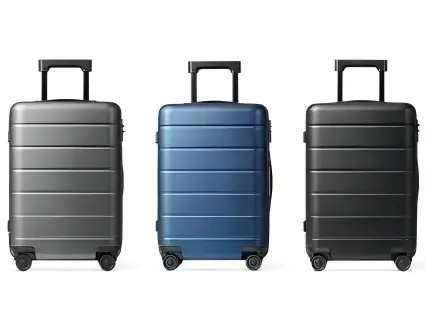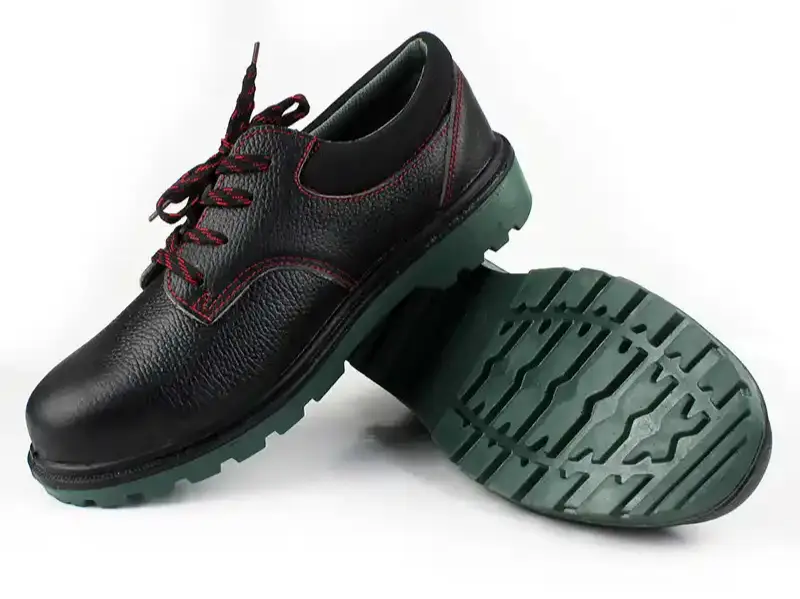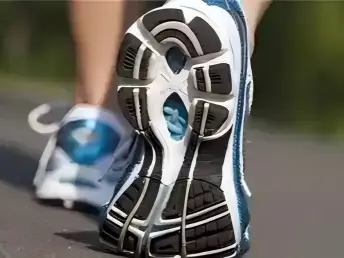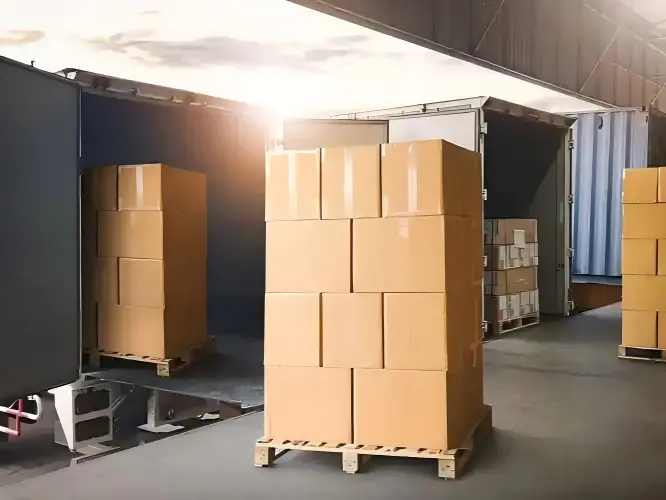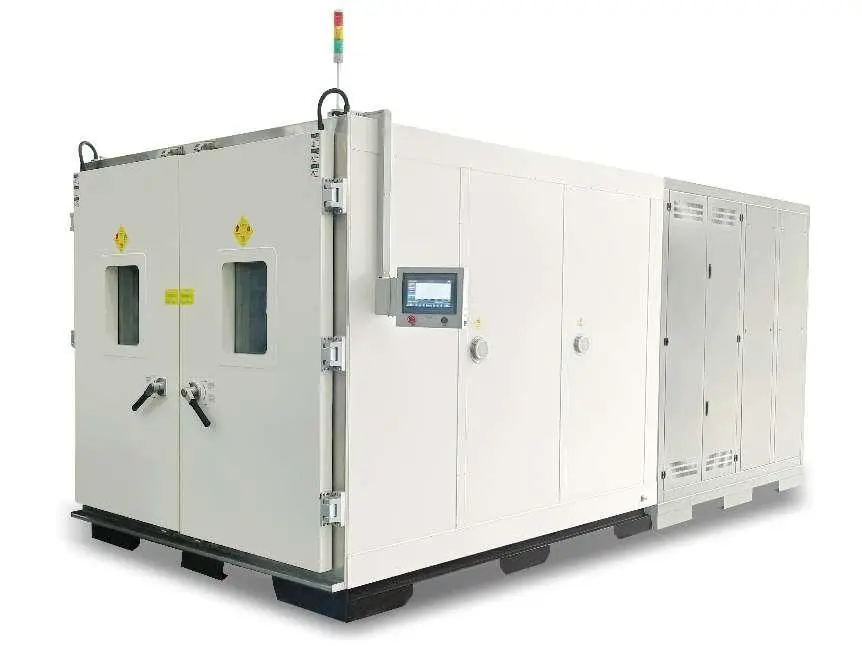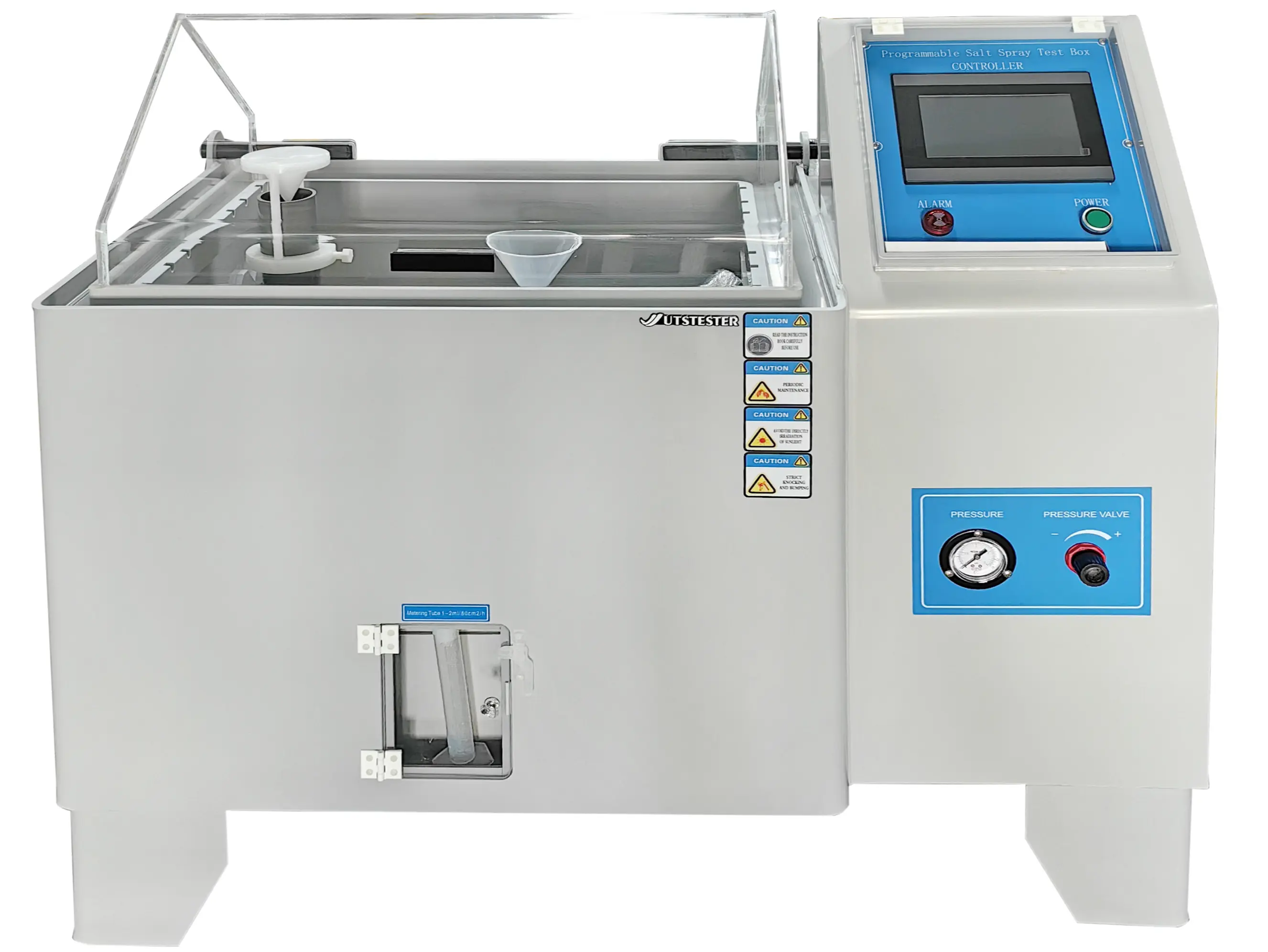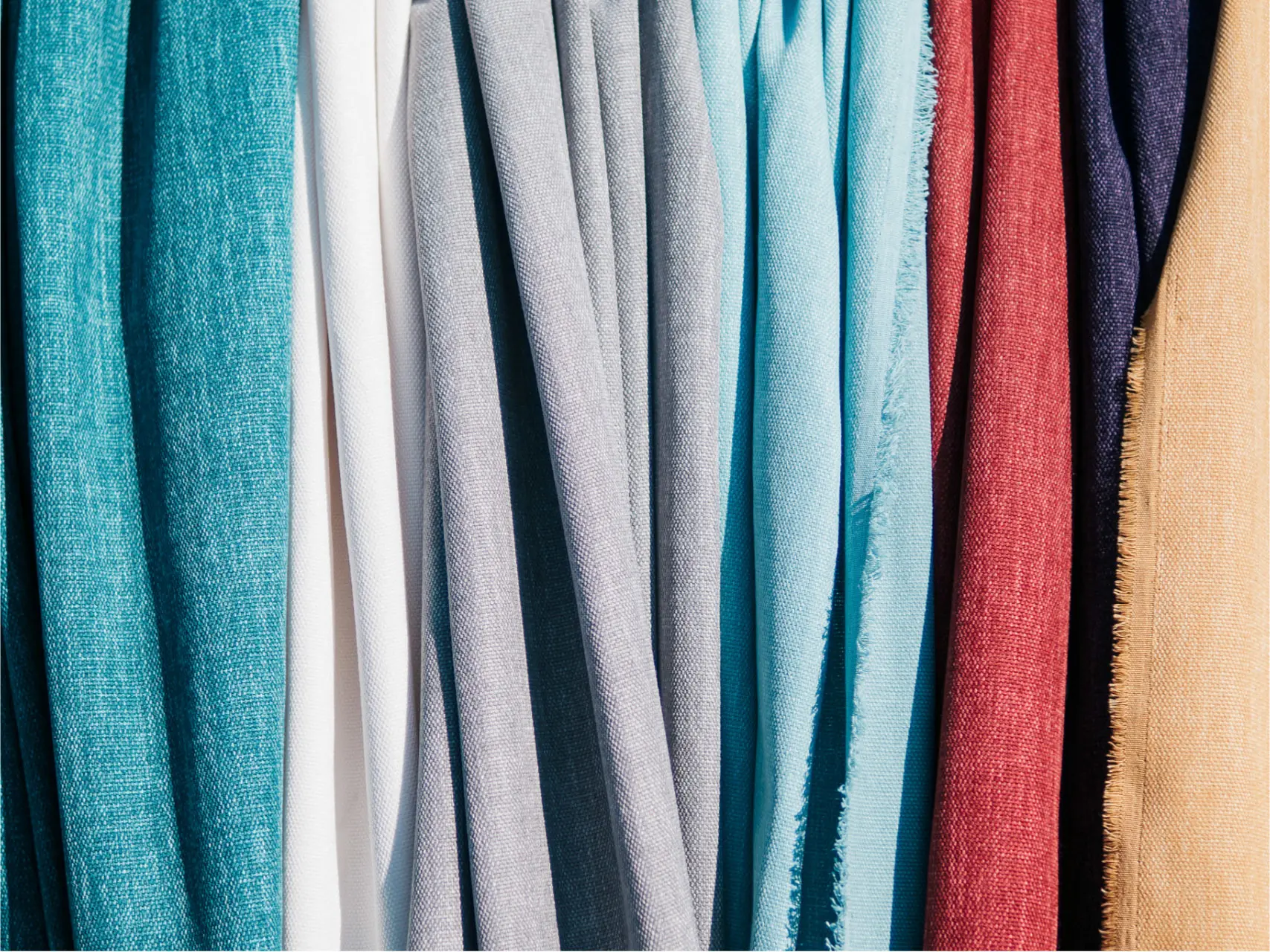What is the color fastness to light of fabric?-UTSTESTER
2024-12-27
1.Definition
Light fastness of fabrics refers to the ability of a fabric's color to resist the action of light and maintain its original color. Simply put, it is the extent to which the color of a fabric fades under prolonged exposure to sunlight or artificial light sources. It is an important index to measure the quality and performance of fabrics, especially for textiles that are often exposed to sunlight, such as curtains, outdoor clothing, etc., the color fastness to light is particularly important.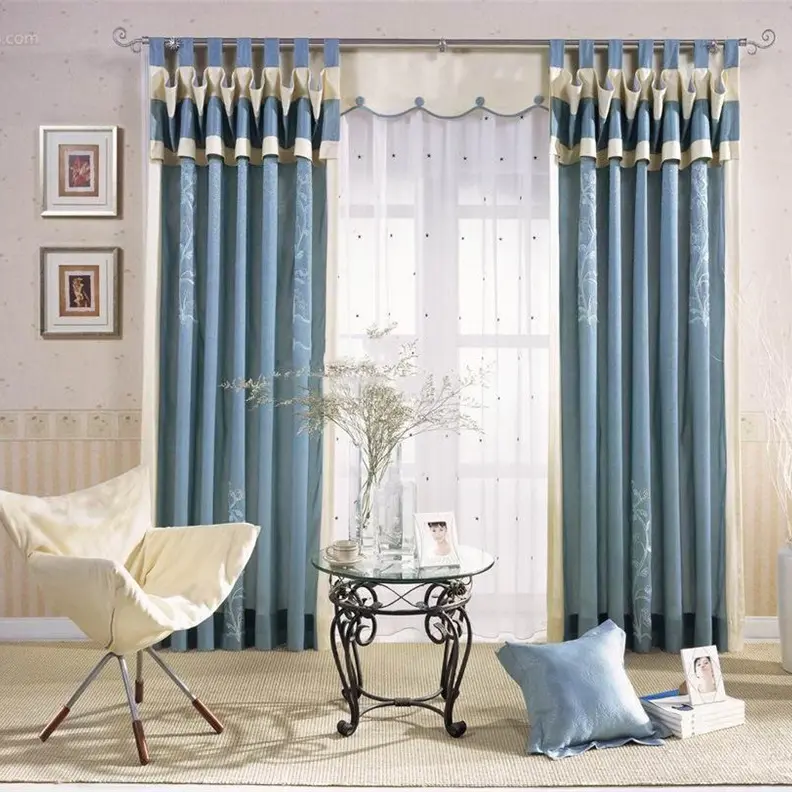
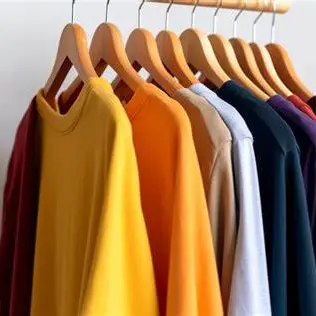
2.Testing principle and method
Principle of the test: A fabric specimen and a set of blue wool standard fabrics (whose color fastness to light is known) are exposed to a light source at the same time. The blue wool standard fabrics have been precisely prepared with light fastness levels ranging from 1 (the worst, which fades easily) to 8 (the best, which hardly fades at all). During the test, the fabrics and the standard fabrics were subjected to the same light intensity, time and environmental conditions. As the light exposure time increases, observe the color change of the fabric specimen and the standard fabric.
3.Test method:
Instrumental test: Use a light Fastness Tester, which can simulate the spectral distribution of natural sunlight, including different wavelengths of light such as ultraviolet, visible and infrared rays. Place the fabric specimen and standard fabric on the sample holder of the tester, set the parameters of light intensity, temperature and humidity, and then start the test. The general test time will vary depending on the use of the fabric and the expected light conditions, which may range from a few hours to several hundred hours.
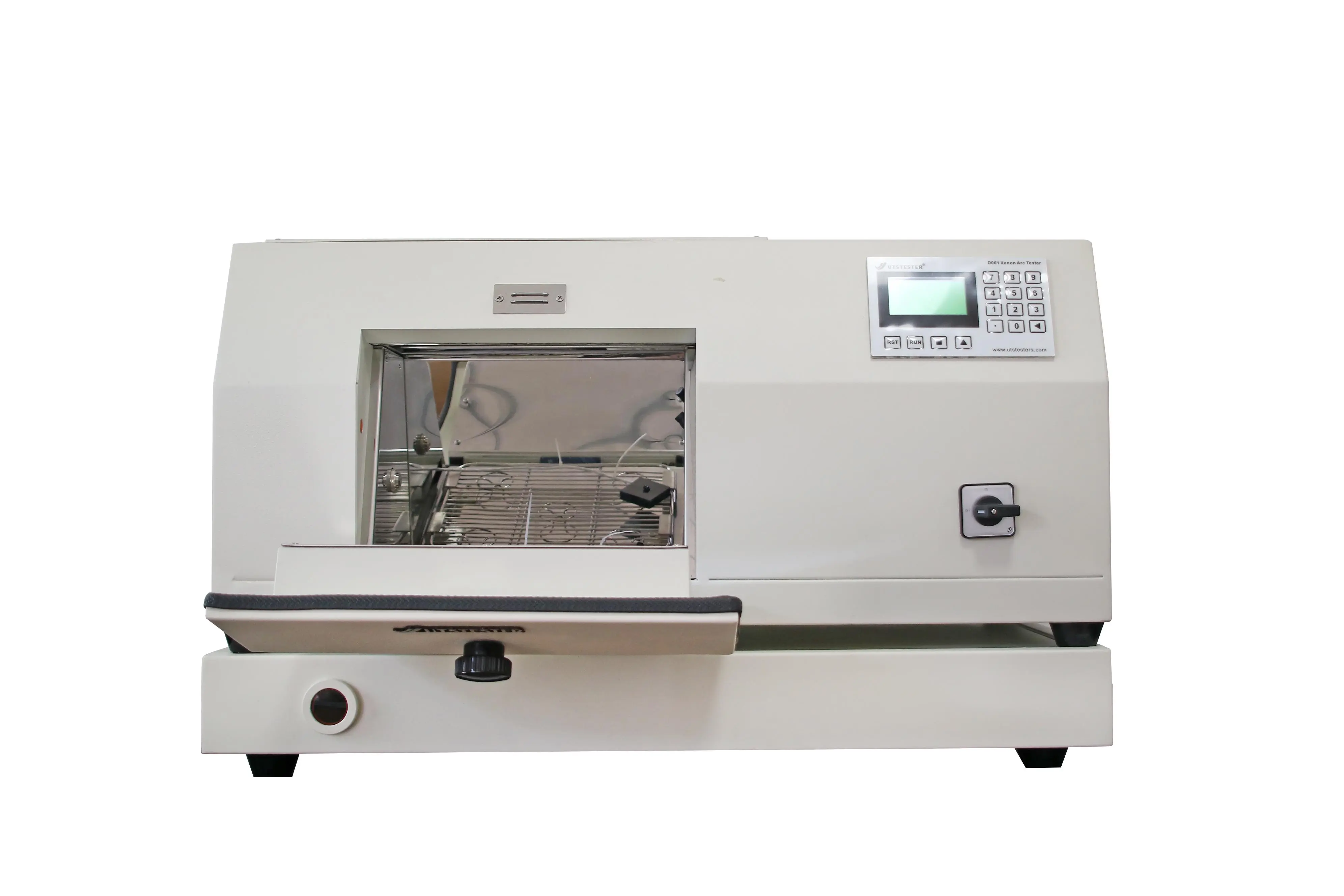
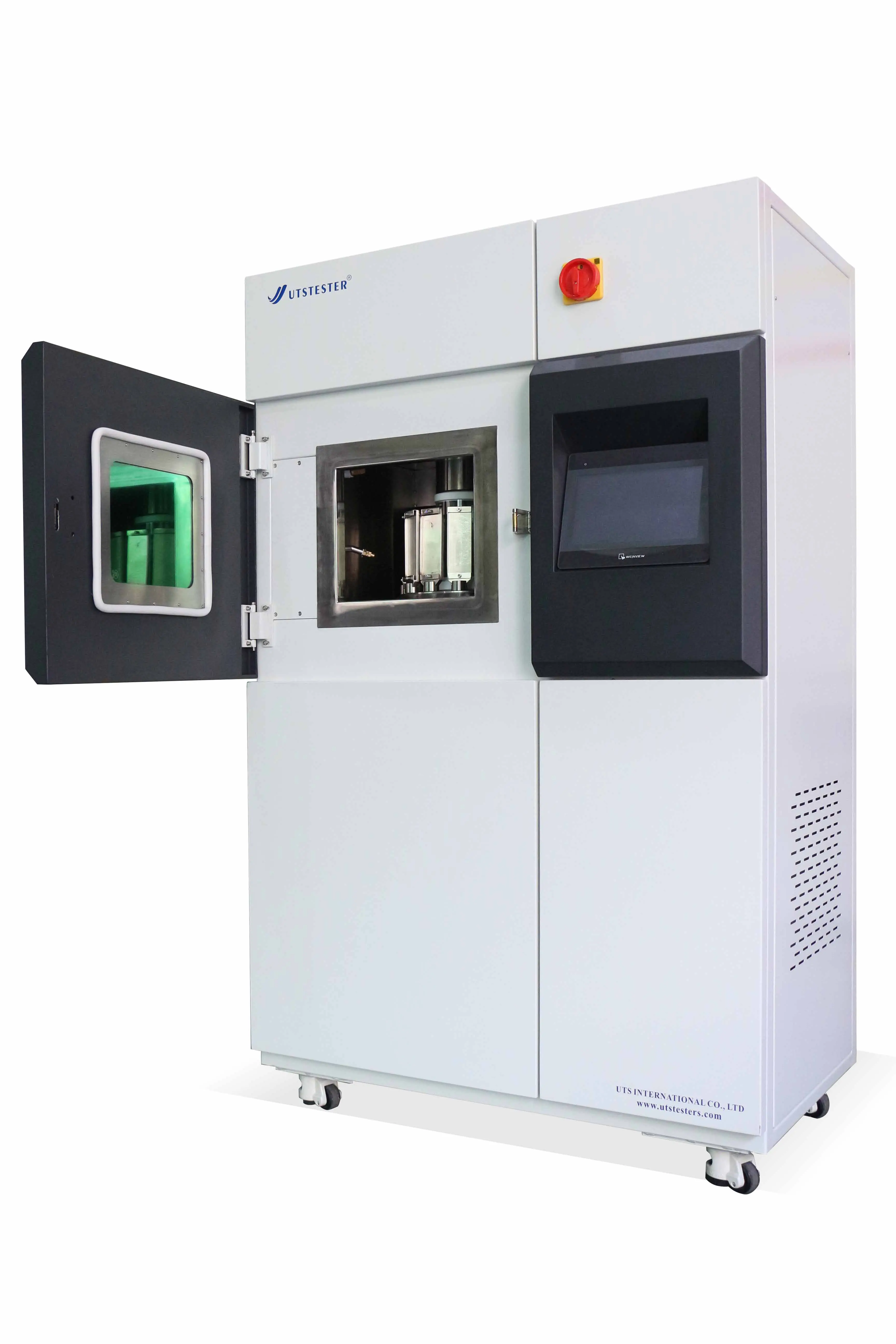
Natural Exposure Testing: Fabric specimens and standard fabrics are placed on a specific exposure rack in a natural environment and exposed to sunlight. This method is closer to actual use, but is more affected by weather conditions (e.g., cloudy, rainy, foggy, etc.) and the test cycle is usually longer. During the testing process, the change of fabric color needs to be observed and recorded regularly.
4.Rating Criteria
The light fastness rating of fabrics generally adopts an 8-level system, corresponding to the blue wool standard fabric.
Level 1 indicates that the color of the fabric has serious fading phenomenon after exposure to light, and almost completely lost its original color; Level 8 indicates that the color of the fabric has almost no change after exposure to light, and it has very good light fastness performance. For example, some high-quality outdoor sun protection fabrics may have a color fastness to light of 7 - 8 levels, while some ordinary indoor decorative fabrics may only have 4 - 5 levels.
5. Influencing factors
Nature of dyes: Different types of dyes have different light fastness properties. For example, some natural dyes are relatively poor in light fastness, while some synthetic dyes, especially high performance dyes with special design and modification, can provide better color fastness to light.
Fiber composition of the fabric: different fibers have different sensitivity to light. For example, cotton fibers are relatively stable, but linen fibers may be more susceptible to fading under the influence of light; while some synthetic fibers, such as polyester fibers, usually have better light resistance.
Additives and finishing agents: fabrics used in the production process of some additives and finishing agents will affect its color fastness to light. For example, some fluorescent whiteners may decompose under light, resulting in discoloration of the fabric, while some UV-resistant finishes may improve the light fastness of the fabric.
6. Importance in practical application
For outdoor textiles: For fabric products such as outdoor clothing, tents and parasols, high light fastness ensures that their colors remain vibrant and maintain good appearance and performance after a long period of exposure to sunlight. For example, professional outdoor rushing clothes, its fabrics with high color fastness to light, can be in the outdoor adventure and other long time under the light environment, will not be faded and affect its beauty and protective function.
Indoor decorative fabrics: curtains, sofa covers and other indoor fabrics are subject to relatively weak light intensity, but long-term sunlight exposure may still lead to fading. Interior fabrics with good color fastness to light can maintain the coordination and aesthetics of interior decoration and reduce the frequent replacement of fabrics due to color changes.






 Home
Home


